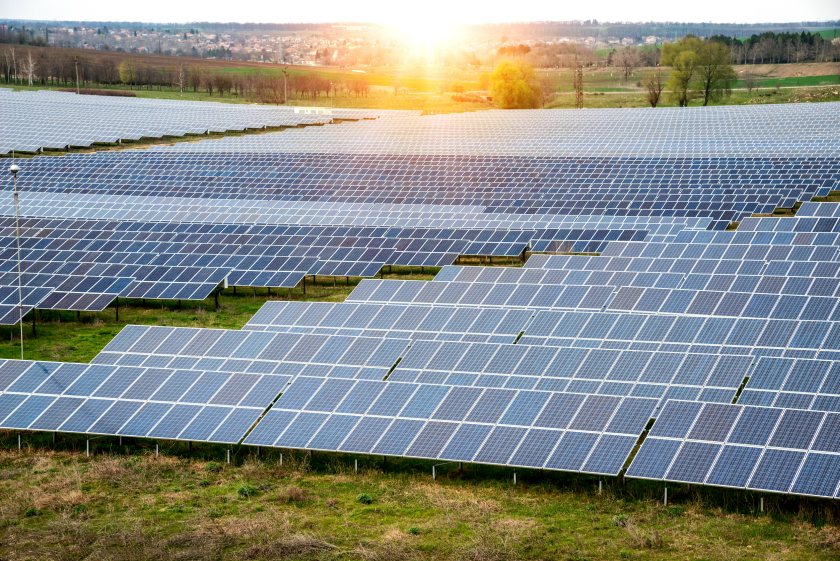
England is losing some of its best farmland to solar panels, with nearly two-thirds of mega solar farms now built on productive agricultural land, a new report reveals.
The analysis shows that 59% of the country’s 38 operational solar developments generating over 30 megawatts are situated on farmland, with 31% of the total land covered by panels classed as the ‘best and most versatile’ (BMV) for agriculture—Grades 1 to 3a.
In total, CPRE, the countryside charity, found that 827 hectares of BMV land are now covered by solar panels—an area equivalent to around 1,300 football pitches.
This includes 45 hectares of Grade 1 ‘excellent’ land, 216 hectares of Grade 2 ‘very good’ land, and 566 hectares of Grade 3a ‘good’ land. A further 755 hectares of Grade 3b ‘moderate’ quality farmland is also in use for solar generation.
Notably, three major solar developments—Sutton Bridge in Lincolnshire, Goosehall in East Cambridgeshire, and Black Peak Farm in South Cambridgeshire—are built entirely on BMV land, removing valuable soils from food production for decades.
Jackie Copley, CPRE campaigns lead and author of the report, said that while the government’s Solar Roadmap shows welcome ambition for rooftop solar, it still falls short of what’s needed.
“The government’s new Solar Roadmap sets out welcome ambition for rooftop solar deployment but does not go far – or fast – enough.”
She said CPRE’s findings highlight a troubling trend that endangers both the countryside and the UK’s ability to produce its own food. Copley criticised the current approach as poorly targeted and inefficient.
“The current approach, which has seen 59% of mega solar farms built on productive farmland, is short-sighted and wasteful.
"We’re needlessly sacrificing irreplaceable agricultural land when rooftops, car parks, and brownfield sites could deliver even greater amounts of energy.”
The report comes at a critical moment, as the UK attempts to increase solar capacity from 16.6 GW today to a government target of 45–47 GW by 2030.
Under existing projections, large-scale solar developments could account for 60–65% of that expansion—raising concerns about cumulative losses of food-producing land.
CPRE also highlights regional disparities in solar farm development, with the East of England seeing a concentration of projects on high-grade farmland.
In the parliamentary constituency of Sleaford and North Hykeham, for instance, 7% of all land is already occupied by solar installations.
In response, CPRE is calling for a more strategic approach, such as a target for at least 60% of new solar capacity to come from rooftops, car parks, and brownfield sites—areas that do not threaten food security.
The countryside charity also urges the government to ban solar development on Grades 1 and 2 farmland, which are both scarce and highly fertile.
Earlier CPRE research suggests that utilising existing roof space and non-agricultural land could generate 40–50 GW of solar energy by 2035, and up to 117 GW by 2050—without removing vital farmland from production.
